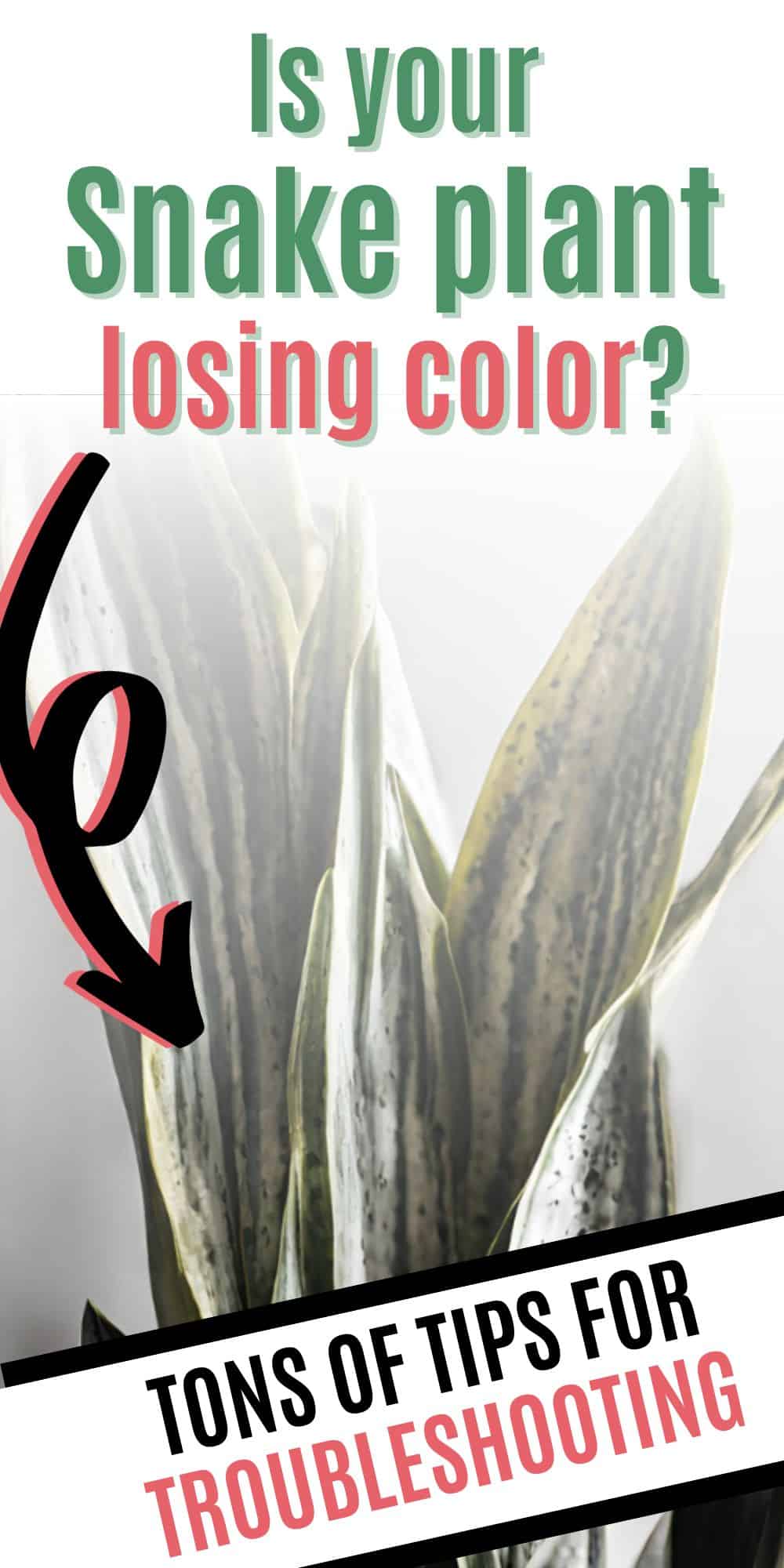Wondering why are my elephant ears not coming up? Here are the top causes + solution ideas for each elephant ear problem!
Elephant ears are a gorgeous tropical plant. They are bulbs that you can plant in the early spring or winter and the large, lush leaves will emerge in the spring.
But – what if your elephant ears are not coming up?
I planted elephant, ear bulbs, all along the border of our front yard garden bed.
They were glorious and beautiful, and made such a fun statement. However, the next year, none of them came back up again.
Whomp, whomp, whomp indeed.
This prompted me to do a lot of research into why elephant ears do not emerge from the soil and I'm going to share all of that knowledge with you here today.

Why Are My Elephant Ears Not Coming Up?
Here are the top causes of elephant ear bulbs not coming up and solutions for each problem!
Insufficient Humidity
Problem: Elephant ears require a humid environment to thrive, and low humidity can hinder their growth.
Solution: Increase humidity around your plant by misting it regularly and keeping it well watered.
Indoors, you can place a tray of water nearby, or use a humidifier.
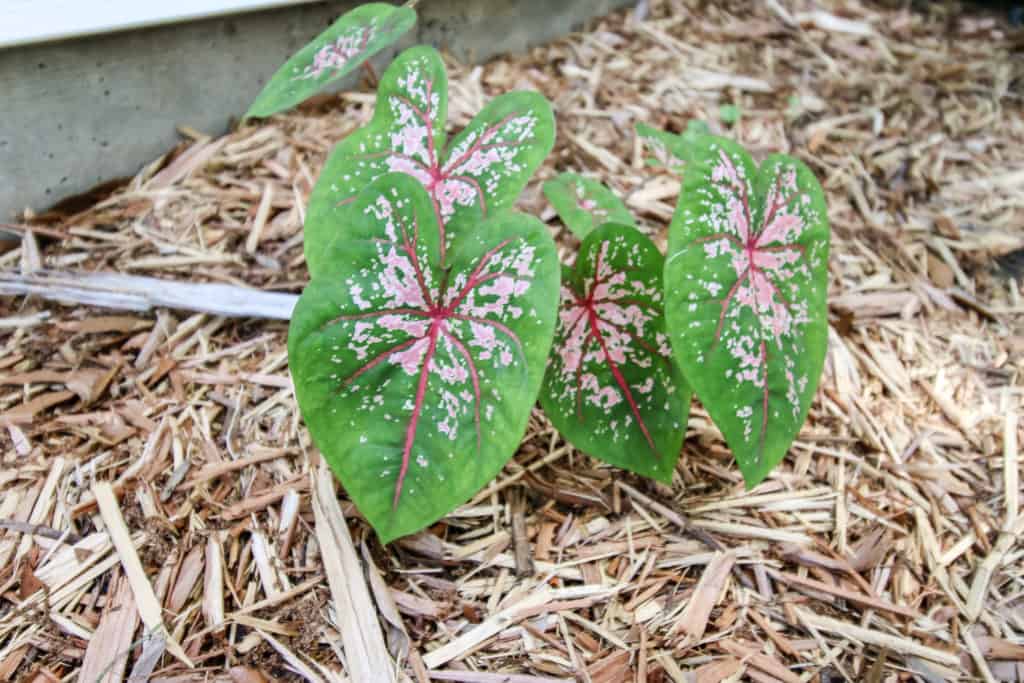
Unsuitable Soil and Potting
Problem: Poor soil drainage and inappropriate pots can impede elephant ear growth.
Solution: Use well-draining, nutrient-rich soil and choose a pot with drainage holes to prevent water logging, which can lead to rotten bulbs.
After our elephant ear bulbs did not come up, I did a little digging - literally. It appears that they had rotted in the soil.
I assume this is because we have clay soil, and it rains a lot all winter long.
Lesson learned – they really do need well draining soil.
Temperature Fluctuations
Problem: Elephant ears are sensitive to temperature changes, which can affect their emergence.
Solution: Protect your plant from cold drafts and ensure a consistent tropical temperature range.
Assuming your bulbs are outdoors, they might get too cold over the winter. If you live in a very cold area, consider digging them up and storing them indoors for the winter.
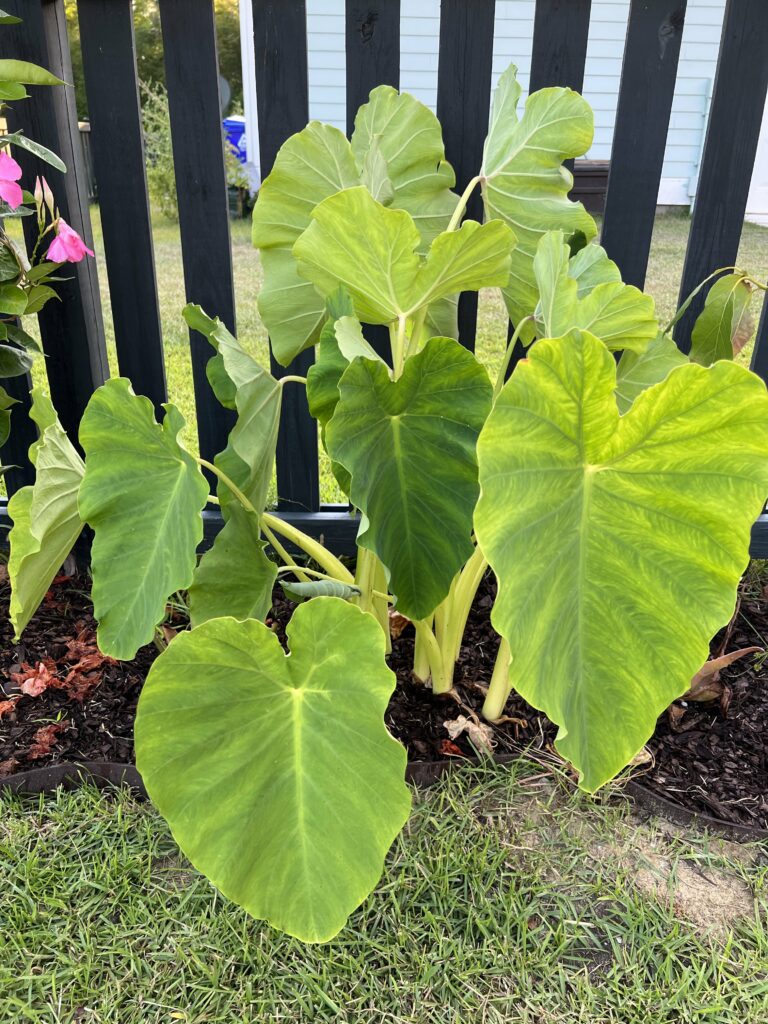
Improper Planting Depth
Problem: Planting bulbs too deep or shallow can hinder sprouting.
Solution: Plant bulbs at the correct depth of 2-3 inches, allowing the top to be slightly exposed.
Patience During Dormancy
Problem: Elephant ears have varying dormancy periods, and impatience can lead to unnecessary concern.
Solution: Be patient, avoid disturbing the bulbs, and continue providing proper care.
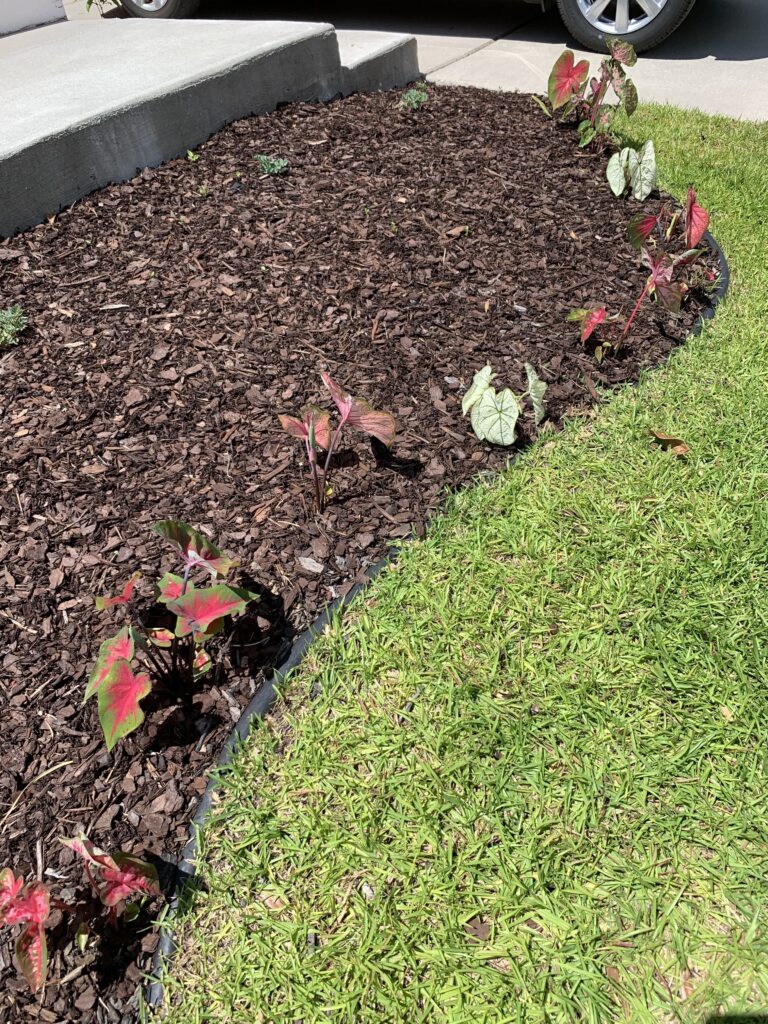
Incorrect Lighting Conditions
Problem: Inadequate or excessive light can stunt growth and prevent emergence.
Solution: Place your elephant ears in bright, indirect light, avoiding direct sunlight.
Watering Imbalance
Problem: Overwatering or underwatering can negatively impact growth and sprouting.
Solution: Water when the top inch of soil is dry, allowing for proper drainage and avoiding waterlogged conditions.
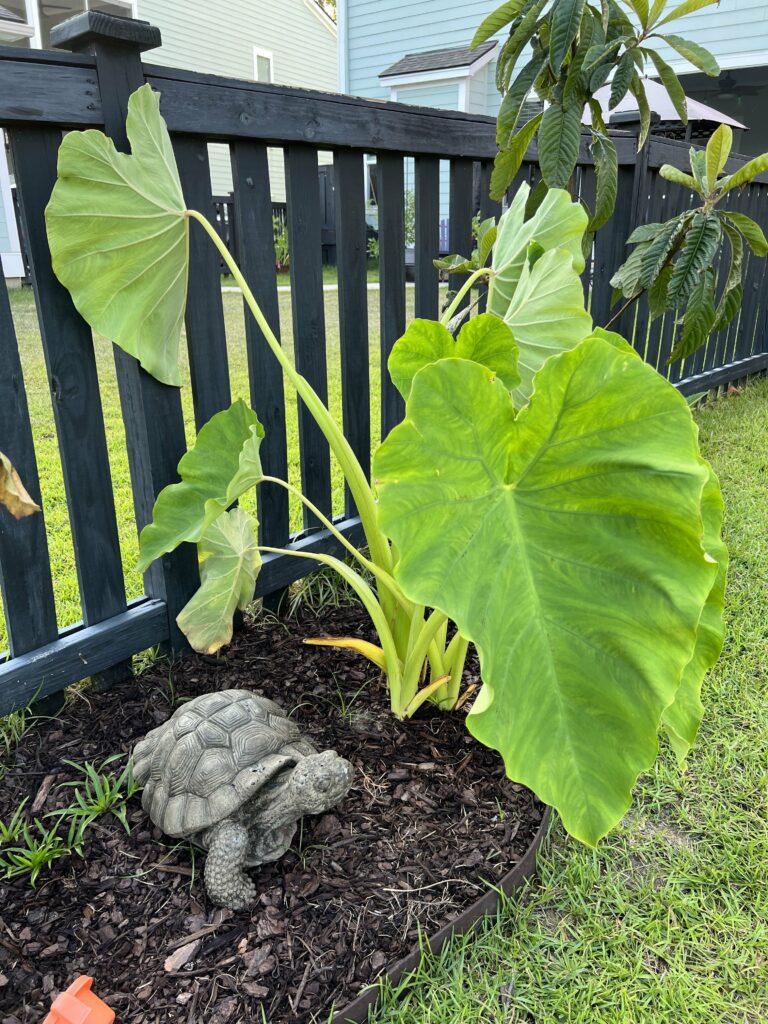
Nutrient Deficiency
Problem: Lack of nutrients can slow down or halt the growth of elephant ears.
Solution: Apply a balanced, water-soluble fertilizer every 4-6 weeks during the growing season.
Pest and Disease Infestation
Problem: Pests and diseases can weaken plants, inhibiting sprouting and growth.
Solution: Regularly inspect your elephant ears for pests and diseases, and promptly treat any issues you find.
Any more questions about elephant ear growth?
Thanks for reading!


Hey there, I'm Morgan, a houseplant enthusiast from sunny Charleston, South Carolina. Growing up surrounded by my mom's lush orchids and African violets, I discovered the magic of bringing nature indoors. Thanks to the pandemic, I delved deeper into houseplants, discovering their power to uplift moods and transform spaces. I'm here to spill all my secrets, helping you pick the perfect houseplant - and make it happy. Let's keep your plants alive, together! 😊

